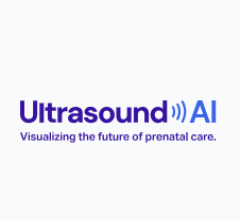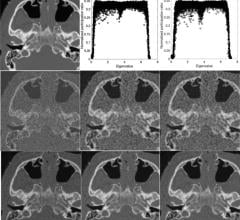March 15, 2007 — According to a new study by Johns Hopkins University and UCLA Medical Center, surgeons using the Mazor SpineAssist miniature robotic surgical guidance system experience up to a 98 percent decrease in x-ray exposure compared to those using conventional minimally invasive techniques.
The study also demonstrated that the SpineAssist’s surgical guidance enhanced implant placement precision 2.5 times over freehand placement. The research, conducted on cadavers, took place at the Cleveland Clinic, Texas Back Institute, Johns Hopkins University and UCLA Medical Center with 15 spine surgeons from throughout the US. It utilized minimally invasive and conventional techniques to place a total of 217 screws for spinal pedicular fixation in lumbar and thoracic fusion procedures. One group of surgeons worked with the guidance of the SpineAssist system, while another group performed the same procedures freehand.
Radiation exposure dosimeters indicated that surgeons operating conventionally were exposed to radiation levels an average of 51 times greater than the surgeons using SpineAssist.
At the same time, with SpineAssist’s guidance, placements deviated by an average of only 1.1 mm from surgical plan site. Placements made using freehand techniques deviated an average of 2.8 mm. which is 2.5 times higher than with SpineAssist’s guidance.
Further, the SpineAssist surgeon group, consisting of experienced and inexperienced users, differed from one another in screw placement by only 0.5 mm, suggesting that the device enhances implant placement across all levels of surgical experience.
The SpineAssist system is designed to enable surgeons to plan precise locations for spinal fusion screw placement and related surgical interventions. It consists of a miniature robot, a patented Hover-T Bridge, which allows the robot to glide freely above the patient’s spine, and a workstation running advanced surgical planning software.


 December 23, 2025
December 23, 2025 









